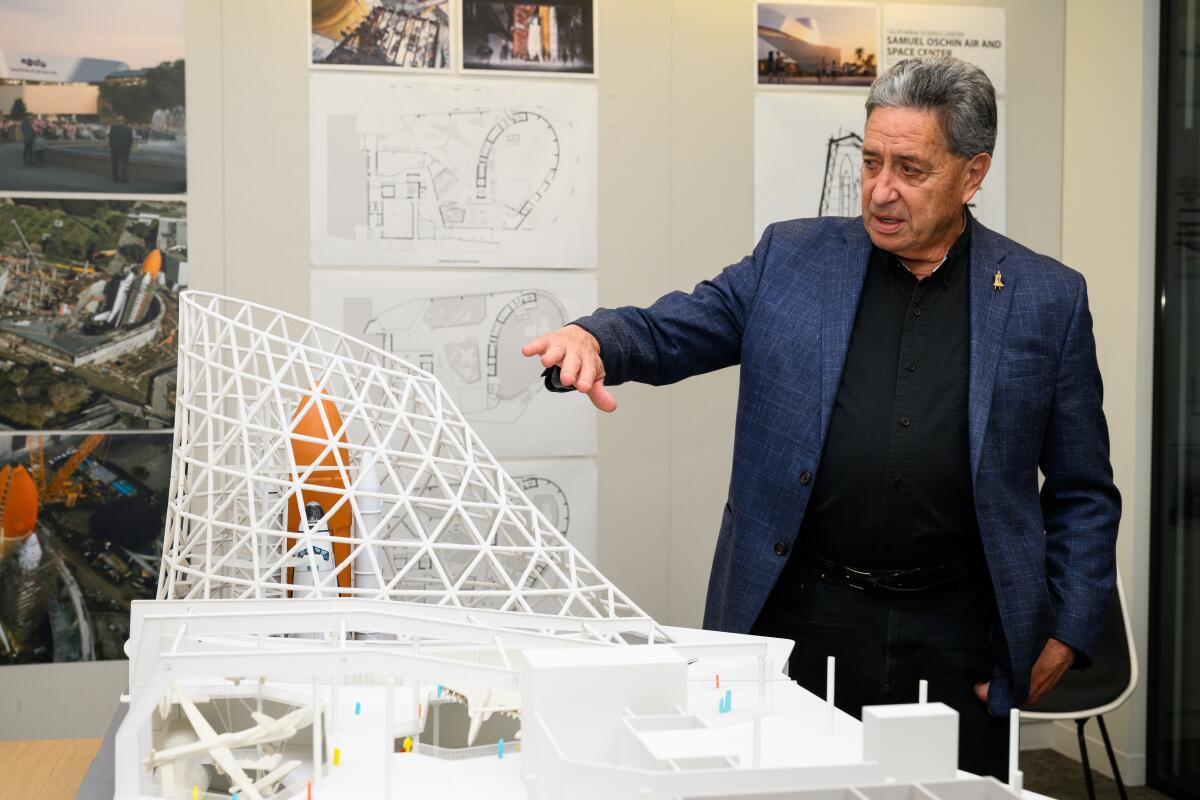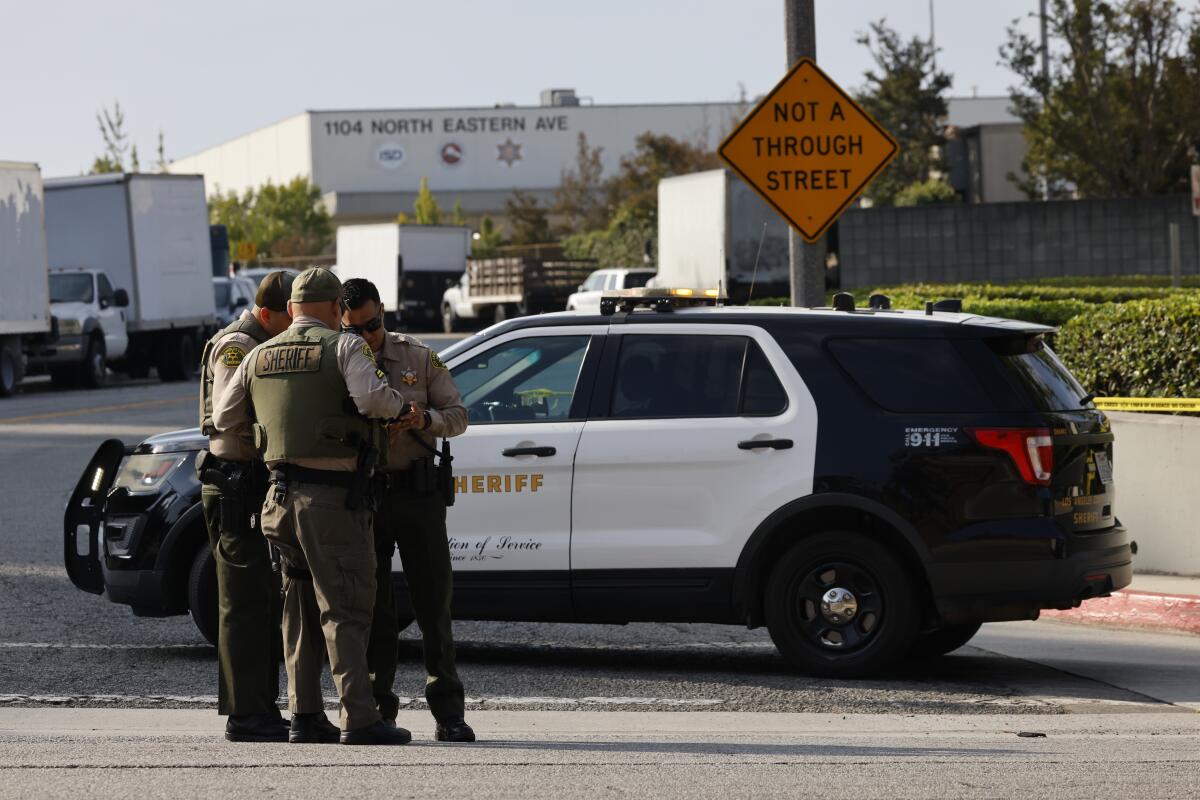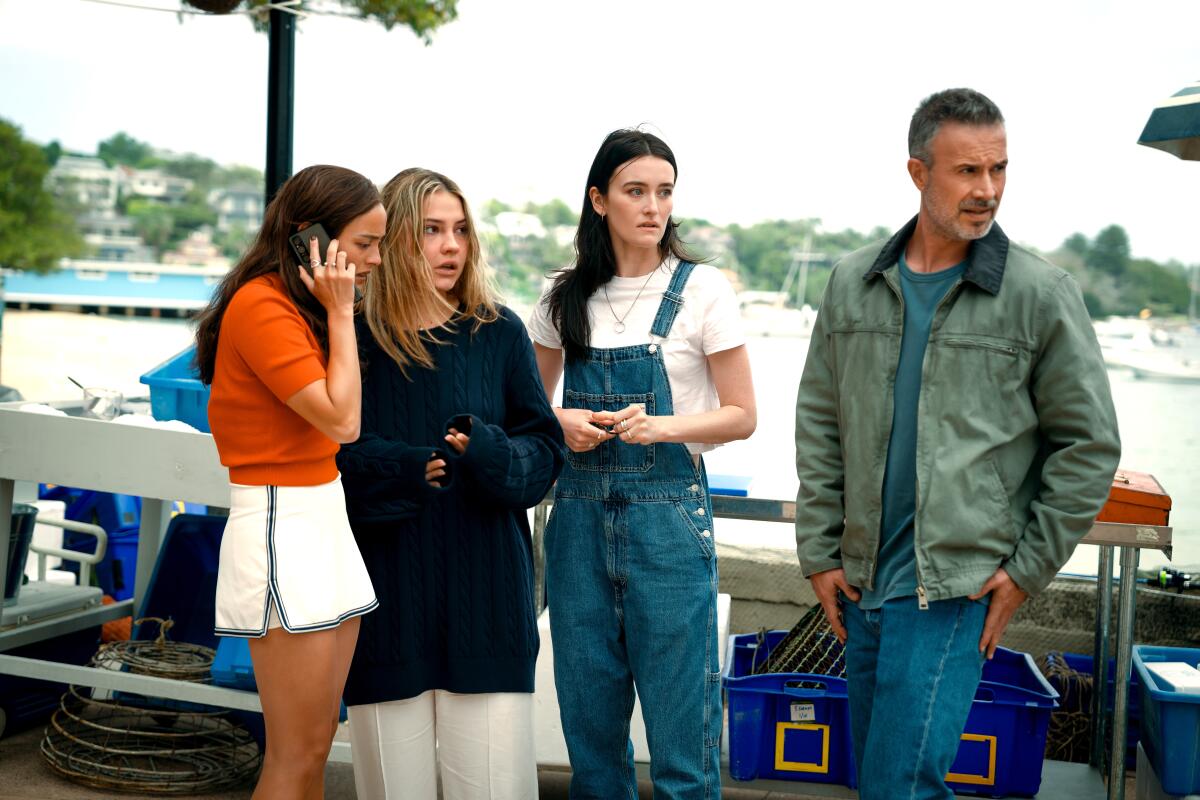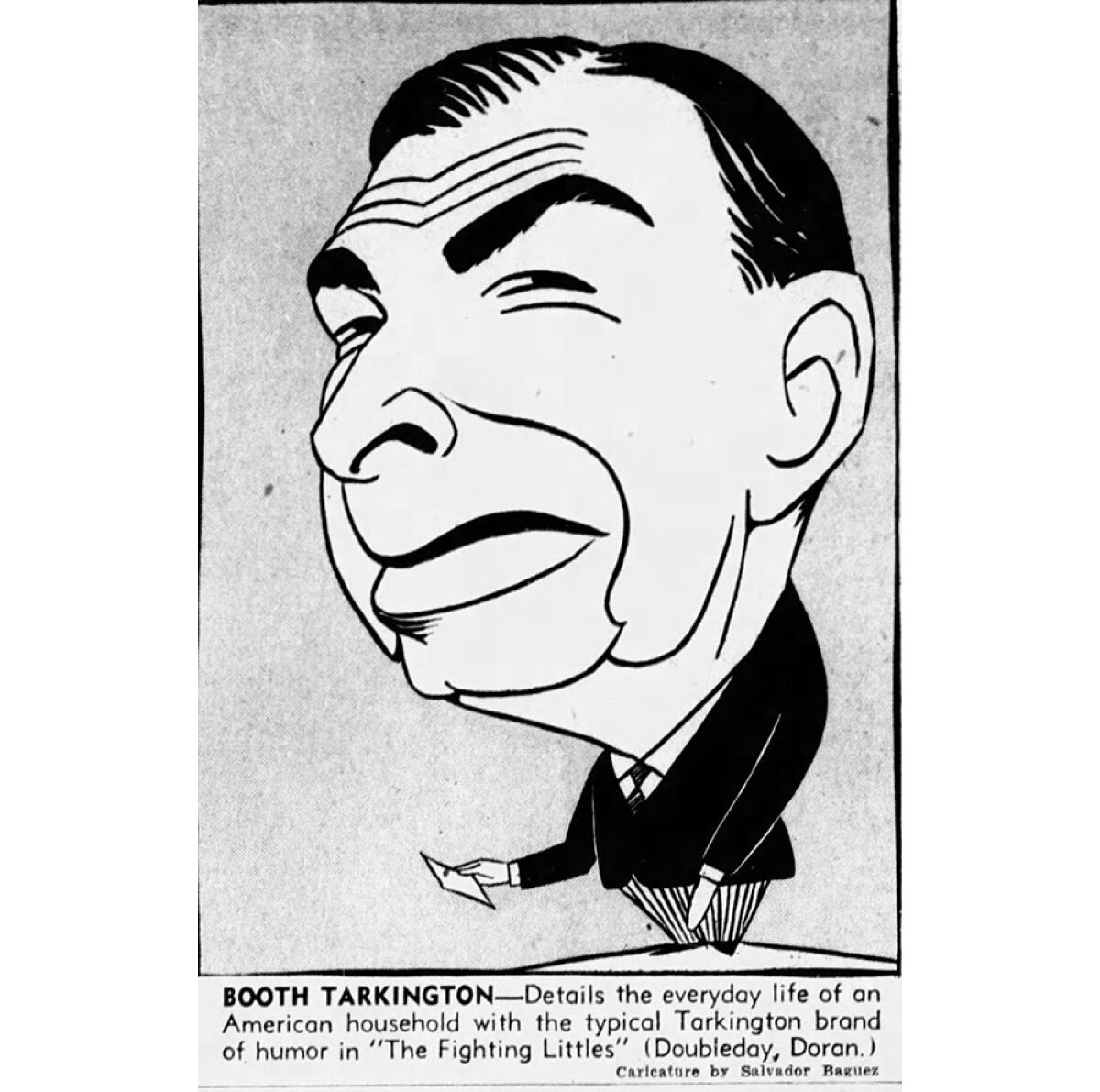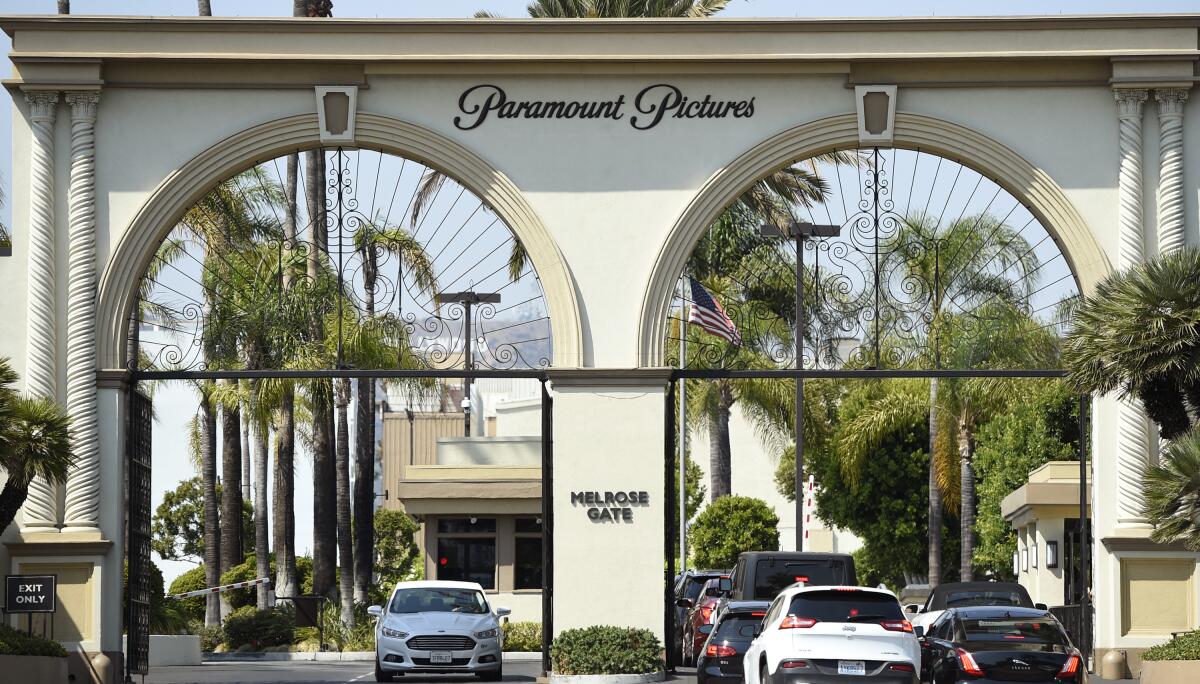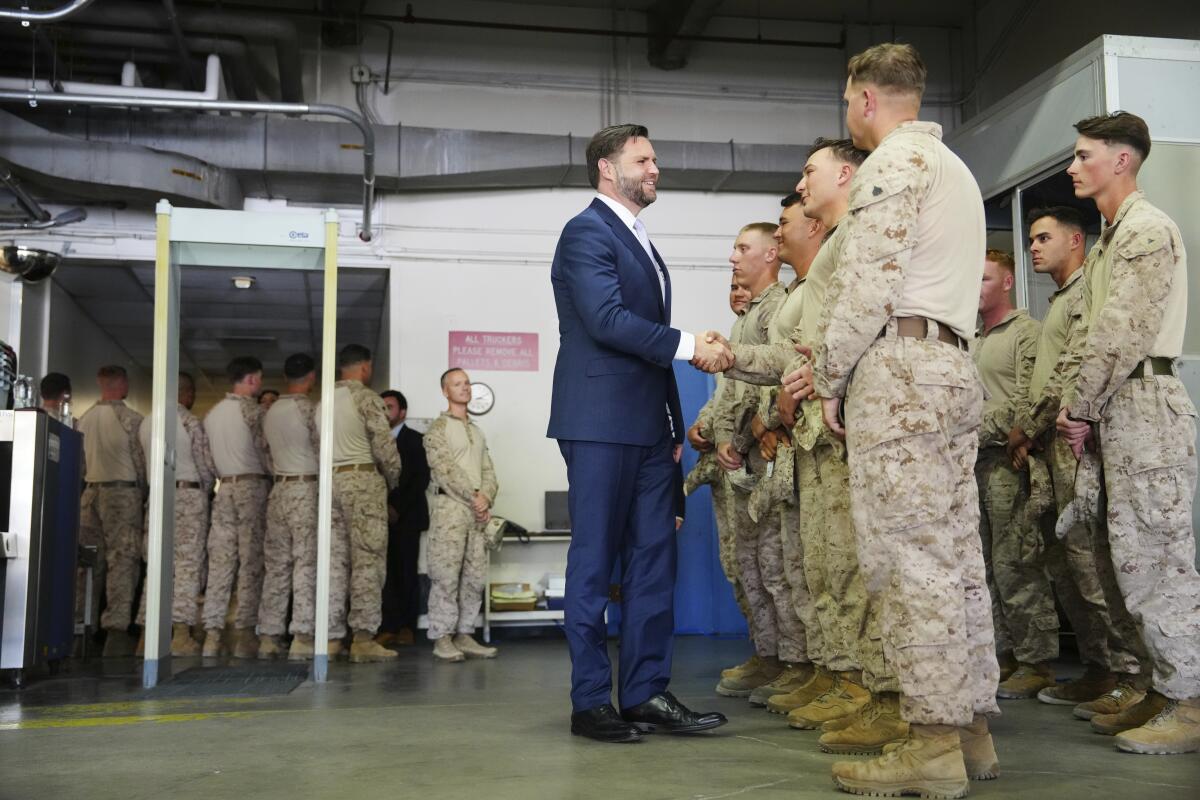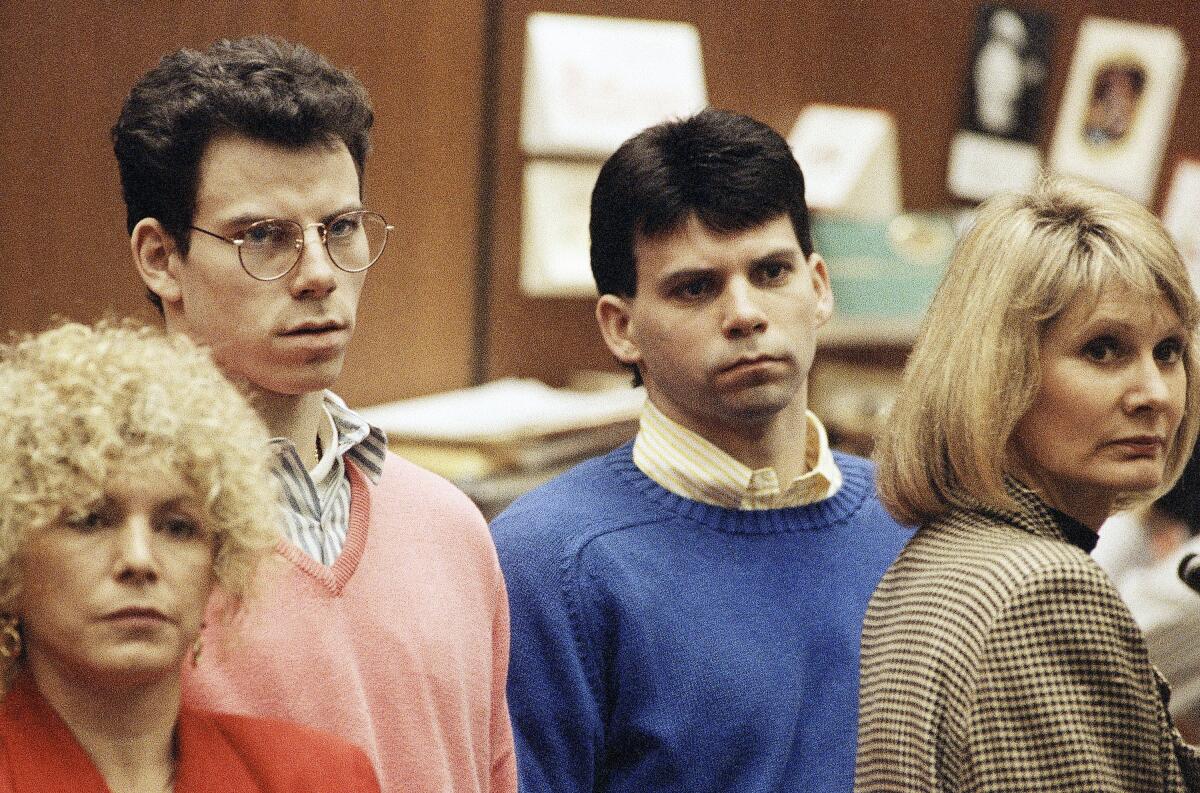Air and Space Center features slides, revealing view of space shuttle
Along with the stars on Hollywood Boulevard and the Universal Studios theme park, a new celestial attraction is set to debut in Los Angeles.
The Samuel Oschin Air and Space Center at Exposition Park is expected to complete construction this year, according to its architects, only three years after the first shovels broke ground.
Newsletter
You’re reading the Essential California newsletter
Our reporters guide you through the most important news, features and recommendations of the day.
You may occasionally receive promotional content from the Los Angeles Times.
That would make the center ready in time for when Los Angeles hosts visitors from around the world to see the 2026 World Cup, the 2027 Super Bowl and the 2028 Olympics.
One of the aspects that makes this place special is its showcase, the Space Shuttle Endeavour. The spacecraft stands in a stack position, meaning it’s standing — complete with boosters and a rare fuel tank — as if it were ready to launch. It’s the only shuttle in the nation to feature such a feat.
Jeffrey N. Rudolph, president and chief executive of the California Science Center, and Ted Hyman, partner at architectural firm ZGF, which designed the air and space center, recently shared updates with The Times, including news of an exclusive partnership with director/producer J.J. Abrams’ production company Bad Robot.
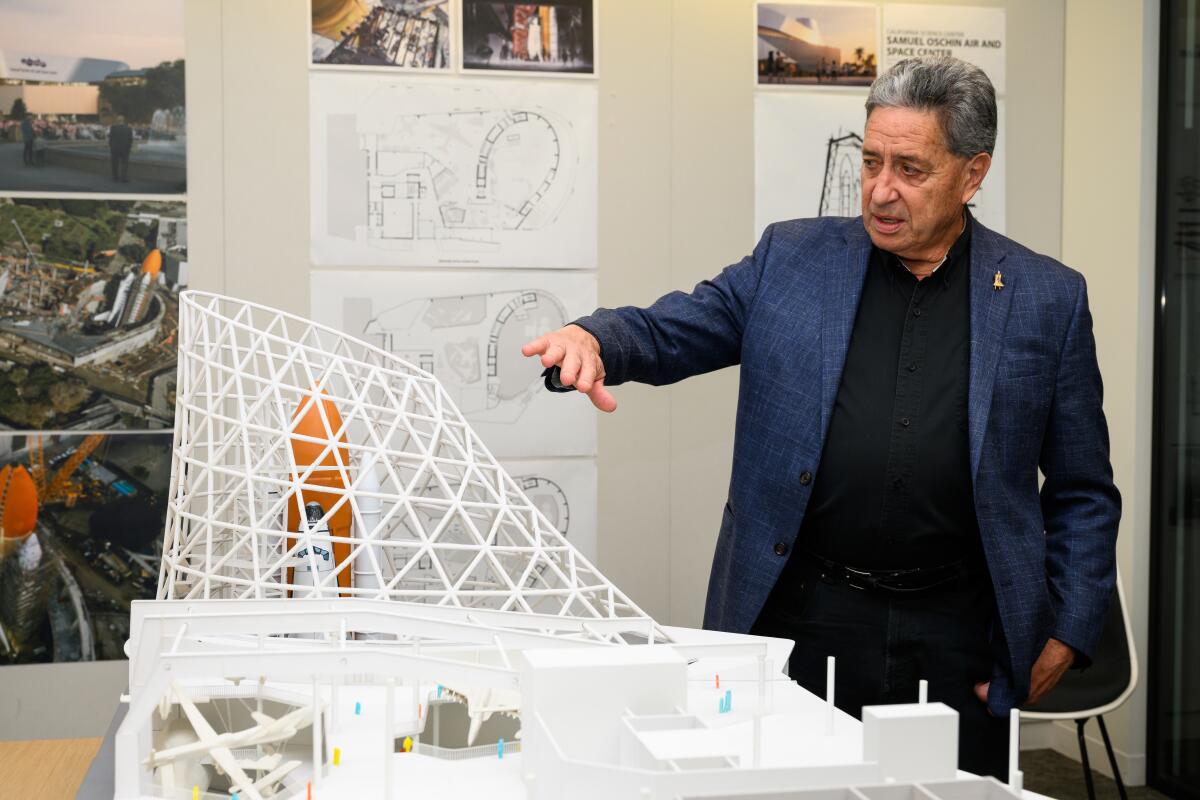
(William Liang / For The Times)
What’s that shiny thing off the 110 Freeway?
That silver cylindrical colossus that is easily seen from the freeway houses the stacked space shuttle.
The Endeavour was meticulously placed there in January 2024 as much of the museum was built around it.
As for the 20-story diagrid, or shuttle housing building, the museum’s construction crew is about 80% finished wrapping a stainless-steel skin exterior around the shuttle, according to an estimate from Mark Piaia, a ZGF project architect.
The shiny view comes courtesy of 4,247 panels and 1,074 diagonal strips that would stand 7,862 feet tall if lined up.
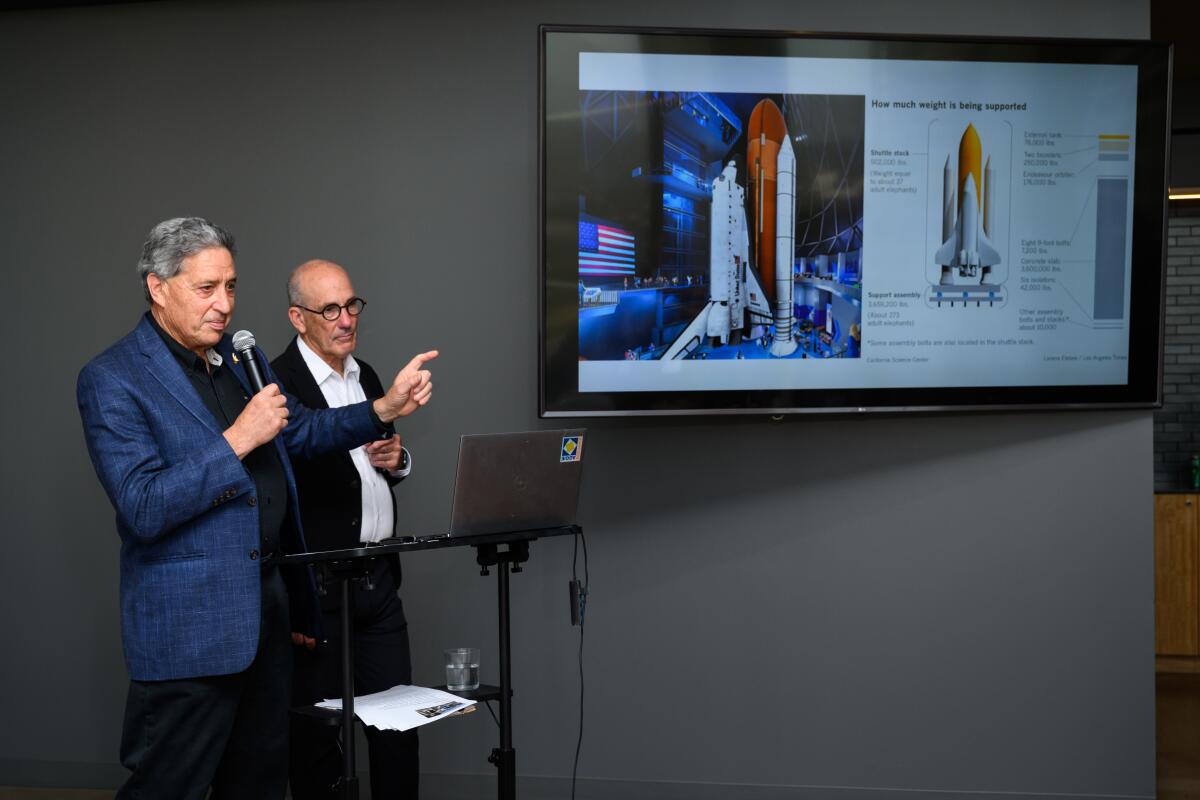
(William Liang / For The Times)
When will construction be done and the museum be open?
Rudolph said building construction is expected to be completed this year.
He would not provide an official opening day but noted that artifact and exhibit installations would still need to be completed.
The museum is expected to house about 20 planes and jets, including a Boeing 747.
There are also plans for a 45-foot slide that imitates the feeling of entering the atmosphere with a radiating orange glow, two sonic booms and the “S” turns a shuttle would make upon reentry.
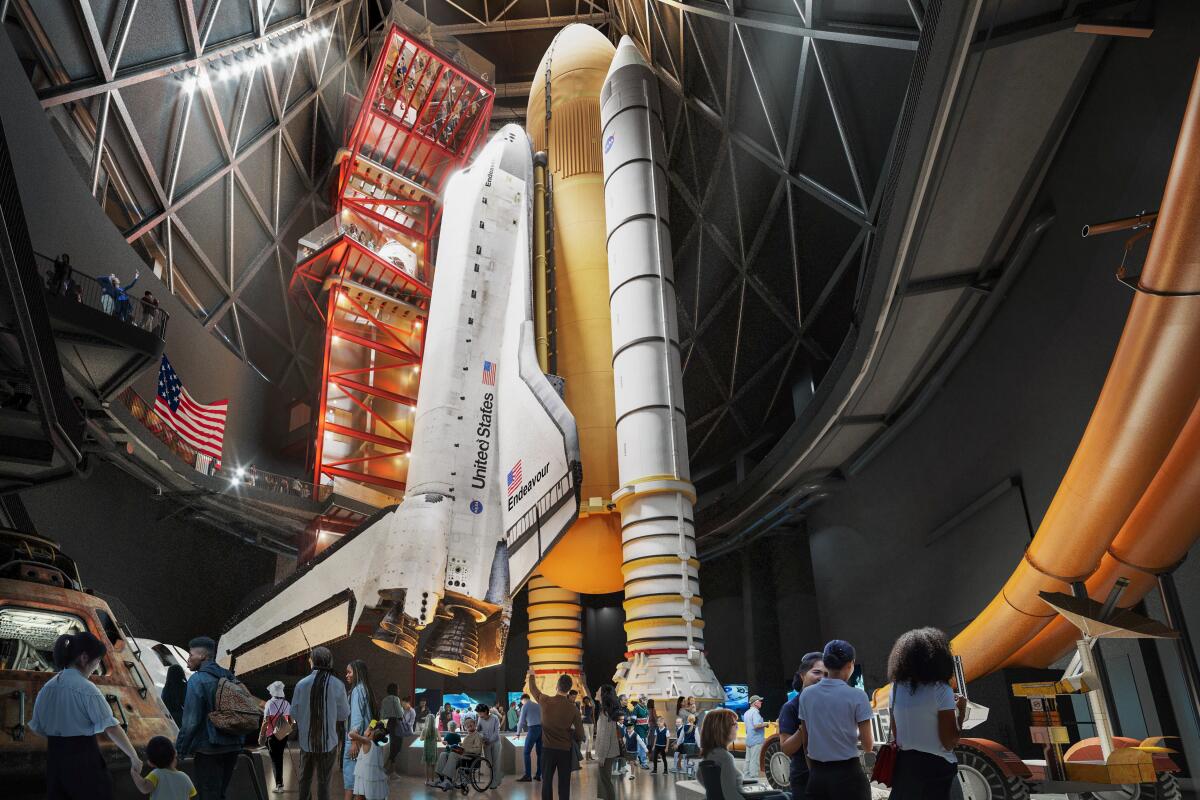
(Courtesy of ZGF via the California Science Center)
What should visitors expect to see?
Rudolph was excited about what he’s calling “the reveal.”
He exclusively told The Times that a pair of introductory films are being produced by directing/producing titan J.J. Abrams’ Bad Robot. That’s the same production company responsible for some of the latest “Star Wars” and “Mission:Impossible” movies.
The first film will greet visitors as they walk into the museum and will focus on the entire air and space exhibits.
The second will screen at a mini theater at the entrance to the space shuttle exhibit. It is a five-minute film that focuses on the history and inspiration behind the space shuttle. The film ends with a simulated launch, during which steam rises from the floor and through hallway doors and fills the theater.
As the steam impairs a guest’s vision, the screen is removed and visitors get a surprise: a full, “envelope” view of the stacked 20-story space shuttle.
“It is an amazing experience and we want to really build it up,” Rudolph said. “It’s not just about the hardware, but about the people and the educational aspects.”
Can visitors get inside the shuttle?
The delicate nature of the shuttle makes that impossible.
“There’s no way,” Rudolph said. “The hatch is very small and it’s very fragile.”
There is, however, a mock-up of the flight deck — an area designed to carry cargo — that visitors can toy with to get a feel that only shuttle astronauts once got.
We’ll continue to follow the progress of the air and space museum as we head toward opening day.
The week’s biggest stories
Crime, courts and policing
ICE, immigration, raids and reactions
Fires and wildfires
Television and entertainment news
More big stories
This week’s must reads
More great reads
For your weekend
Going out
Staying in
Have a great weekend, from the Essential California team
Jim Rainey, staff writer
Diamy Wang, homepage intern
Izzy Nunes, audience intern
Kevinisha Walker, multiplatform editor
Andrew J. Campa, reporter
Karim Doumar, head of newsletters
How can we make this newsletter more useful? Send comments to [email protected]. Check our top stories, topics and the latest articles on latimes.com.
